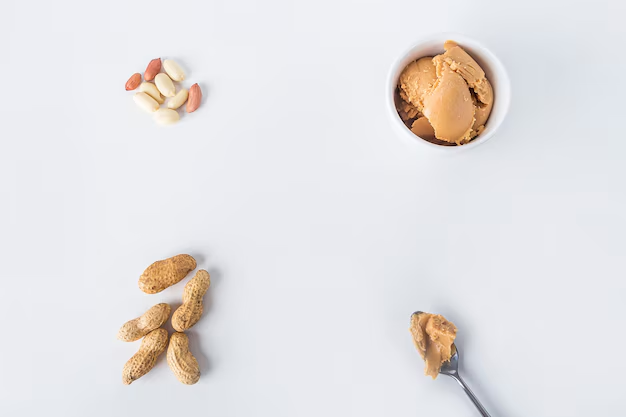Discovering the Truth: Are Peanuts a Safe Snack for Diabetics?
Peanuts, those crunchy little nuts (or legumes, to be precise), are a popular snack that many people love to indulge in. However, if you're managing diabetes, you might wonder if peanuts should remain part of your snack repertoire. The good news is that peanuts can be a healthy choice for diabetics if eaten in moderation. Let's explore why they can be beneficial and how they fit into a diabetic-friendly diet.
Nutritional Benefits of Peanuts
Peanuts are a powerhouse of nutrients. They are packed with plant-based protein and healthy fats, mainly monounsaturated and polyunsaturated fats, which are beneficial for heart health. These nutrients are essential since maintaining heart health is crucial for diabetics, who are at higher risk for cardiovascular diseases.
Moreover, peanuts have a low glycemic index (GI) score, meaning they have a minimal impact on blood sugar levels when consumed in appropriate serving sizes. This makes them an ideal snack option for diabetics, helping in managing blood glucose levels effectively. Additionally, peanuts are rich in fiber, vitamins such as B vitamins, and minerals like magnesium and potassium, contributing to overall health.
Considerations for Safe Consumption
While peanuts can be a part of a diabetic-friendly diet, it's crucial to consume them in moderation. Like any other food, overeating peanuts can lead to excessive calorie intake, which might affect body weight and blood sugar control. A serving size of about an ounce (28 grams) or a small handful is generally recommended. Avoid salted or flavored varieties which can add unnecessary sodium and sugars.
Another point of consideration is potential allergies. Ensure you are not allergic to peanuts or consult your healthcare provider before adding them to your diet.
Peanuts in Your Meal Plan
Incorporating peanuts into your meal plan can be simple and delicious:
- Snacking: Enjoy a small handful of peanuts as a fulfilling snack.
- Salads: Toss a few unsalted peanuts into salads for extra crunch and nutrition.
- Spreads: Opt for natural peanut butter for your whole grain toast.
Transitioning to Healthier Habits
Beyond dietary choices, managing diabetes effectively often requires access to various resources and support systems. Financial constraints can be a significant barrier in managing chronic conditions like diabetes. Luckily, there are resources and programs available to provide aid:
- Government Aid Programs: Many governments offer assistance programs to help diabetics access medications and necessary support services.
- Financial Assistance: Non-profit organizations frequently provide grants and other forms of financial aid.
- Educational Grants: Educational programs focused on managing diabetes holistically, sometimes with scholarships or aid, could be beneficial.
Here’s a glimpse at some potential resources that may support your journey:
Financial and Educational Support Options 📊
- 💰 Government Aid Programs for Healthcare: Check with local and federal agencies for healthcare subsidies.
- 💵 Non-Profit Grants: Organizations like the American Diabetes Association provide financial aid for diabetes management.
- 📚 Educational Grants and Resources: Look for diabetes education programs that offer scholarships or grants.
- 🏦 Debt Relief Options: Explore financial counseling services that specialize in medical debt relief.
- 💳 Credit Card Solutions: Some credit cards offer health-related rewards or low-interest rates on medical expenses.
Empowering yourself with the right nutritional knowledge and leveraging available resources can make managing diabetes more manageable. Peanuts, when consumed wisely, can be a delightful and healthful part of your diet. Remember, it's not just about making the right food choices but also integrating the support and resources available to you.
